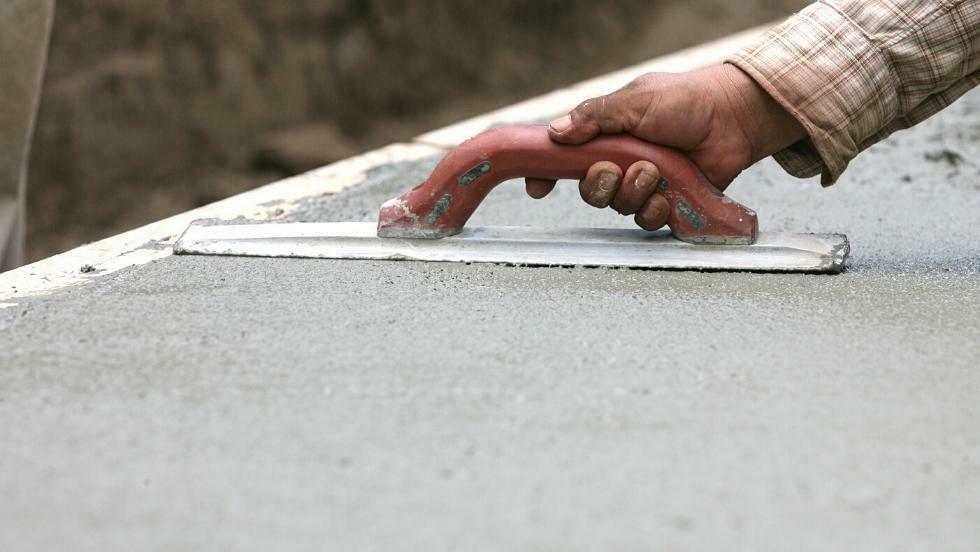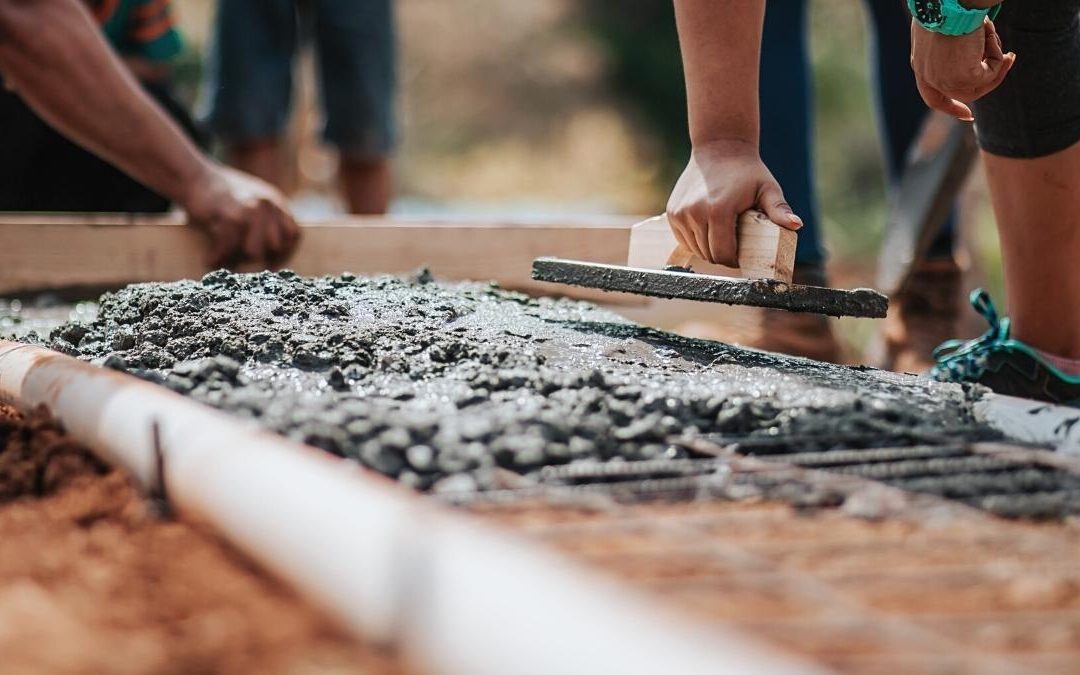The existence of kaolin has been extraordinarily functional for human necessities. Kaolin is used for a wide range of industries, from food to paper. A recent innovation in manufacturing has led kaolin to be also used as one of the materials needed for construction. Its application is crucial because construction needs the best minerals as an ingredient for their work. Let us see how kaolin use in cement improves the quality of construction applications.
1. Increasing the Density of Cement

Kaolin is a unique material because it is not only used in industry but can also be used as an additive to cement. Kaolin has a chemical compound, namely silica. When it is reacted with calcium hydroxide, which comes from the interaction between water and the cement, it will make the cement denser.
By sealing the capillary pores that allow water to penetrate, kaolin can also improve the durability of concrete. When regular cement is used to make concrete, it produces more water, which might promote corrosion. Adding kaolin to the concrete strengthens cementitious bonds, resulting in less porous concrete that is more resistant to chloride ion penetration. As a result, when the concrete is reacted with reinforcing steel, it will be less prone to corrosion.
There are numerous research proving that the addition of kaolin in the appropriate proportions was shown to be beneficial for compression since it significantly improved the strength and the density of the cement. The cement, made by mixing kaolin with cement, water, and fine aggregate, had a high cohesive strength. The cement might suspend upside down to a smooth surface and attach to the coarse aggregate.
Not only that, the fine grain of kaolin will naturally serve as a filling so that by reducing the number of pores, a denser construction material, such as concrete, will be obtained. Kaolin has a comparable composition to cement, which finishes it and makes it consistent with cement.
2. Producing Environmentally Safe Cement

Clinker and gypsum are the two primary components of cement. Each has a certain proportion to create cement of acceptable quality according to internationally accepted criteria. However, the cement clinker manufacturing process emits a significant amount of CO2.
The environmental effect of raw material extraction and CO2 emissions during cement manufacturing has prompted industries to minimize cement usage by using additional ingredients. These materials might be naturally existing, industrial wastes or byproducts, or those that take less energy to produce.
To address that issue, industries seek pozzolan to act as an additive ingredient for cement. Pozzolans are gaining popularity as people become more conscious of the need for environmental protection and sustainable building. Due to its advantages, kaolin is utilized in construction materials as a partial pozzolanic substitute for cement. It is not only for helping the ecological issues but also its particular features and chemistry for making environmentally friendly composites, so it has the potential to be the primary substitute ingredient.
Moreover, rather than being an additive ingredient, kaolin used in cement can also be used as a substitute for cement clinker that produces CO2. Some studies reveal that CO2 reduction can be achieved using cement clinker alternatives to make a low-clinker, low-carbon cement. Kaolin as a cement clinker substitution will not only help reduce CO2 emissions, but it will also help to reduce costs due to lower energy usage during calcining and grinding.
3. Promoting Aesthetic Looks

The demand for light-colored architectural building projects is increasing over time. Fortunately, kaolin produces off-white color due to its natural physical characteristics. The finishing will promote a natural, earthy appearance to the building, making it look visually pleasant and modern.
Not only its appearance but its fineness enables smoother, more durable facings. Cement containing kaolin will easily apply various techniques according to the preference due to its buttery texture. As a result, kaolin is perfect for any architectural cement use.
Kaolin use in cement is very worth counting because it offers benefits that are crucial to the quality of the material, the environment, and the visual. Kaolin enables cement production with high performance and results that will improve the construction application.


Hi 👋, Anwer Siddiq from Karachi Pakistan, was reading your article on Kaolin Clay and found it of our interest.
We are manufacturer of construction chemicals with Cement &Sand as base materials with different additives imported from China and European companies, as RDP’s and others etc… for our waterproofing, crack filling, insulation, crystalline waterproofing chemicals etc…please share the benifits of Kaoline in our above chemicals.. kind regards.